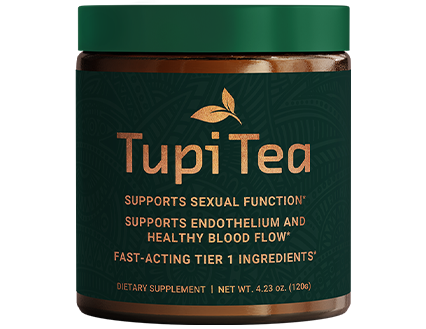
U.S. Scientists Discover Secret For Stamina & Virility At Any Age , Ingredients That May Help: bluecheck Support a healthy libido, bluecheck Support healthy stamina, bluecheck Support adequate nitric oxide production
How does age impact the prevalence of ED in India?
Age is a significant factor influencing the prevalence of erectile dysfunction (ED) in India. The risk of developing ED increases with age due to a combination of physiological changes, increased prevalence of comorbid conditions, and lifestyle factors. Here’s an in-depth look at how age impacts the prevalence of ED in India:
Age-Related Prevalence of ED
- General Trends:
- Prevalence Increases with Age: Multiple studies have shown that the prevalence of ED increases with age. While younger men (below 40 years) can experience ED, it is significantly more common in older age groups.
- Study Findings: A study conducted in India found that the prevalence of ED was around 9% in men aged 40-49, 20% in men aged 50-59, 39% in men aged 60-69, and 61% in men over 70 years (World Health Organization (WHO)) (World Health Organization (WHO)).
- Physiological Changes:
- Vascular Health: Aging is associated with a decline in vascular health. Blood vessels lose their elasticity, and endothelial function deteriorates, leading to reduced blood flow to the penis, which is crucial for achieving and maintaining an erection (World Health Organization (WHO)) (Nature).
- Neurological Function: Age-related decline in neurological function can affect the nerve signals that trigger an erection. Conditions such as neuropathy are more common in older adults and can contribute to ED (World Health Organization (WHO)).
- Hormonal Changes: Testosterone levels naturally decline with age. Low testosterone levels are linked to reduced libido and erectile function. This hormonal change is a significant factor in the increased prevalence of ED among older men (Nature) (IHCI).
- Comorbid Conditions:
- Diabetes: The prevalence of diabetes increases with age. Diabetic men are at a higher risk of ED due to vascular and neuropathic complications. Studies in India have shown a high prevalence of ED among diabetic men, particularly those over 50 (Endocrine Abstracts).
- Hypertension: High blood pressure is more common in older adults and is a major risk factor for ED. Hypertension can damage blood vessels, reducing blood flow to the penis (World Health Organization (WHO)) (Nature).
- Cardiovascular Diseases: Cardiovascular diseases are more prevalent in older adults. The same vascular problems that cause heart disease can also lead to ED (World Health Organization (WHO)).
- Medications:
Psychological and Social Factors
- Psychological Stress:
- Impact of Aging: Psychological factors such as stress, anxiety, and depression can affect erectile function. The psychological impact of aging, retirement, and changes in social roles can contribute to ED in older adults (Nature) (World Health Organization (WHO)).
- Study Insights: Research indicates that psychological factors play a significant role in the occurrence of ED, especially in younger men, but they remain relevant in older populations as well (IHCI).
- Social Factors:
- Marital and Relationship Issues: Long-term relationships can experience changes in sexual dynamics, which can affect sexual function. Issues such as lack of communication and intimacy can exacerbate ED (World Health Organization (WHO)) (World Health Organization (WHO)).
- Cultural Attitudes: In India, cultural attitudes towards aging and sexuality can influence the prevalence and reporting of ED. There can be a stigma associated with discussing sexual health, particularly among older adults (IHCI).
Management of Age-Related ED
- Medical Interventions:
- Phosphodiesterase type 5 (PDE5) Inhibitors: Medications like sildenafil (Viagra), tadalafil (Cialis), and vardenafil (Levitra) are effective in treating ED in men of all ages.
- Hormone Replacement Therapy: Testosterone replacement therapy can be beneficial for men with low testosterone levels, although it should be carefully monitored by a healthcare professional (Nature) (World Health Organization (WHO)).
- Lifestyle Modifications:
- Healthy Diet and Exercise: Maintaining a healthy diet and regular physical activity can improve vascular health and reduce the risk of ED.
- Weight Management: Obesity is a risk factor for both ED and many comorbid conditions. Weight management can help improve erectile function (IHCI).
- Psychological Support:
- Counseling and Therapy: Psychological counseling and therapy can help address issues such as stress, anxiety, and depression, which can contribute to ED. Couples therapy can also be beneficial in addressing relationship issues (Nature) (World Health Organization (WHO)).
Conclusion
Age significantly impacts the prevalence of ED in India, with higher rates observed in older age groups due to physiological, psychological, and social factors. Effective management of age-related ED involves a combination of medical treatments, lifestyle changes, and psychological support.
References
- National Institute of Diabetes and Digestive and Kidney Diseases (NIDDK)
- Mayo Clinic – Erectile Dysfunction
- American Urological Association
- Endocrine Abstracts

